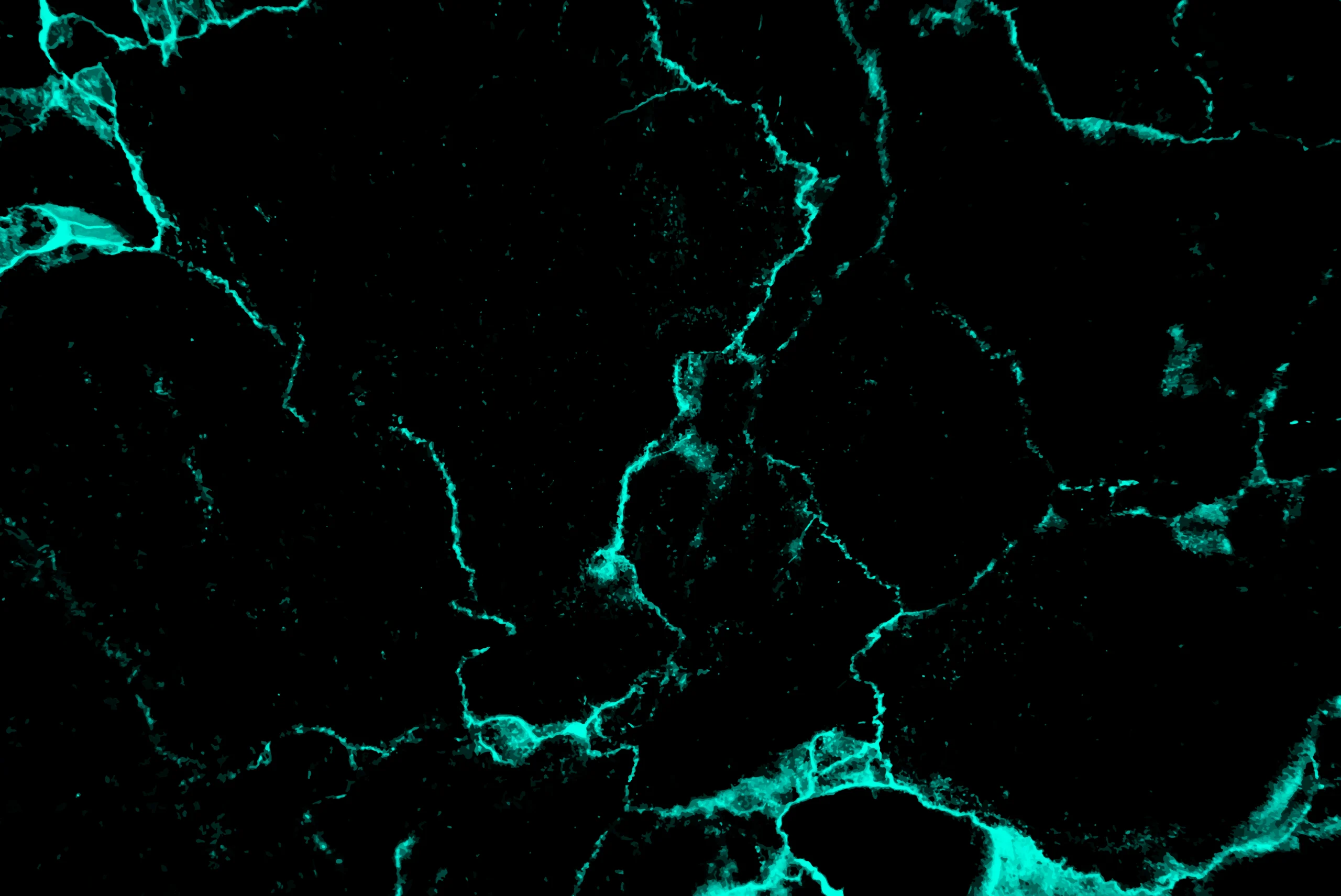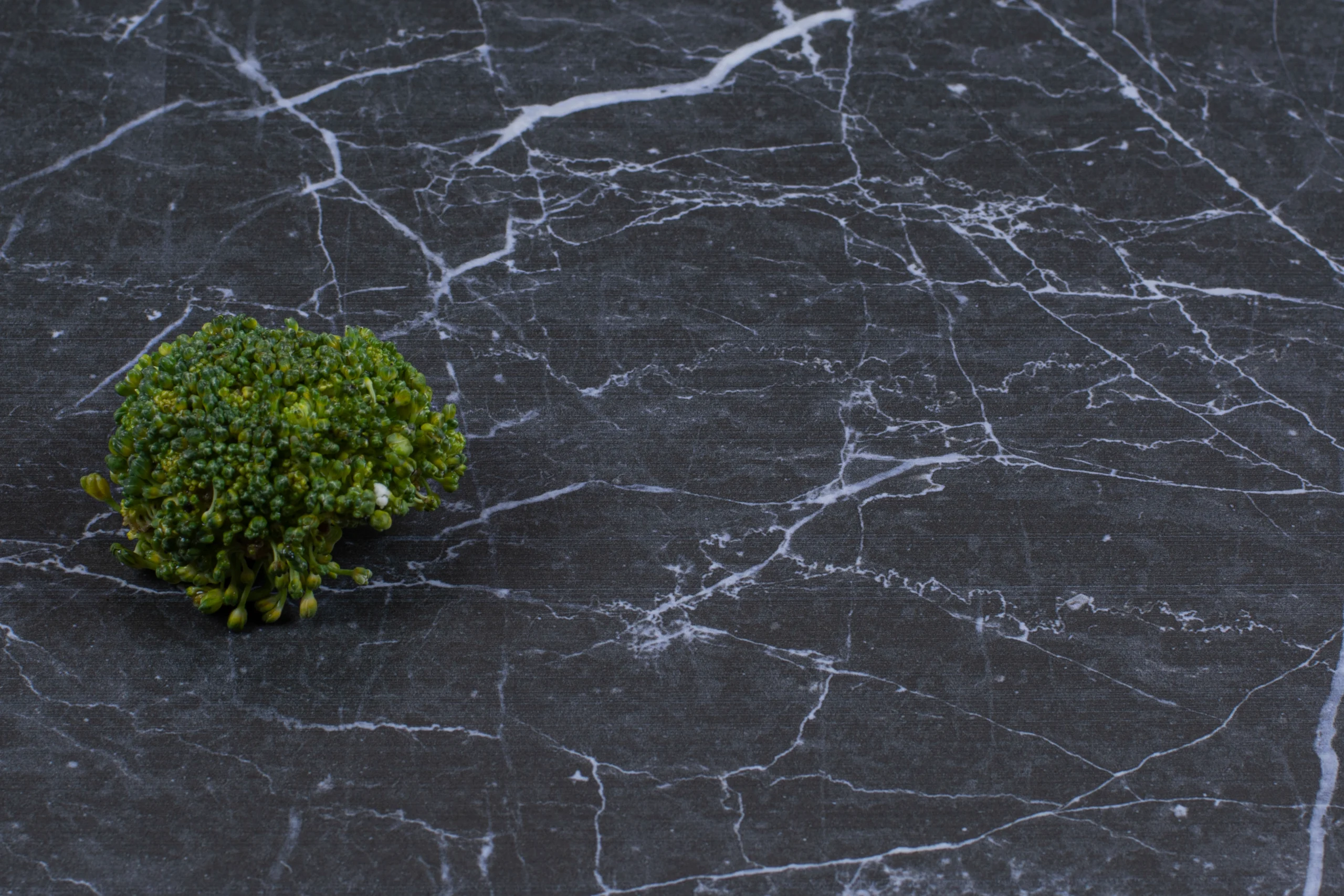Black Marble Fine Technology is a groundbreaking innovation in material science, integrating black marble processing, fine technology applications, and advanced fabrication techniques. This field enhances black marble’s durability, aesthetics, and structural integrity, making it ideal for architectural design, luxury interiors, and high end manufacturing.
Using nanotechnology, precision engineering, and sustainable processing methods, Black Marble Fine Technology is reshaping industries by offering superior quality, customized finishes, and enhanced performance. This article explores its key features, industrial applications, and the transformative impact of modern marble technology.
Black Marble Fine Technology: Innovation in Material Science
Understanding Black Marble Fine Technology
Black Marble Fine Technology refers to the advanced methods used to enhance the quality, durability, and application of black marble.
By integrating modern processing techniques, precision engineering, and sustainable innovations, this technology improves the structural integrity and aesthetic appeal of black marble, making it more versatile for various industries.
Advanced Processing Techniques
Modern fabrication techniques such as CNC machining, laser cutting, and resin reinforcement allow black marble to be shaped and refined with higher precision. These methods enhance its durability, resistance to cracks, and customization potential, making it ideal for intricate designs.
Applications in Architecture and Interior Design
Black Marble Fine Technology is widely used in luxury interiors, high end flooring, wall cladding, and custom furniture. With its polished finish and deep color, black marble adds sophistication to modern buildings, hotels, and residential spaces.
Enhancing Durability with Nanotechnology
Nano technology plays a crucial role in improving black marble’s scratch resistance, waterproofing, and stain prevention. Special coatings and treatments ensure the material maintains its natural shine while offering better longevity.
Sustainable and Eco Friendly Processing
Traditional marble extraction can be resource intensive, but fine technology innovations introduce sustainable quarrying methods, waste recycling, and eco friendly surface treatments to reduce environmental impact while preserving the quality of natural stone.
Future Trends in Black Marble Fine Technology
The future of black marble technology lies in AI driven cutting processes, 3D printing with marble composites, and smart coatings that offer self repairing properties. These innovations will further expand its applications in construction, luxury design, and industrial manufacturing.
By incorporating advanced technology, sustainable methods, and precision engineering, Black Marble Fine Technology is transforming how natural stone is processed and utilized, making it a top choice for modern design and construction industries.
Understanding Black Marble Fine Technology
What is Black Marble Fine Technology?
Black Marble Fine Technology refers to advanced methods used in the extraction, processing, and refinement of black marble. It involves cutting edge techniques that enhance the stone’s durability, aesthetic appeal, and overall quality. This technology ensures precision in shaping and polishing while preserving the natural beauty of black marble.
Key Components and Techniques Involved
This technology integrates several modern methods, including CNC cutting for precision, waterjet technology for intricate designs, and resin treatment for structural reinforcement.
High grade polishing techniques, such as diamond abrasives and nano coating, enhance the marble’s smoothness and resistance to wear. These advancements make black marble more suitable for architectural and decorative applications.
Evolution of Black Marble Processing
Over time, black marble processing has evolved from manual labor intensive methods to highly automated and efficient techniques. Traditional chiseling and hand polishing have been replaced by state of the art machinery, reducing waste and improving quality.
Innovations like laser guided cutting and eco friendly treatments have also contributed to making the process more sustainable and refined.
Advanced Processing Techniques for Black Marble Fine Technology
CNC Machining and Precision Cutting
CNC (Computer Numerical Control) machining allows for highly accurate cutting and shaping of black marble. This technology ensures intricate designs, smooth edges, and minimal material wastage. Precision cutting enhances the structural integrity of the marble while maintaining its natural elegance.
Laser Engraving and Detailing
Laser engraving is a game changer for adding fine details to black marble. Using high intensity laser beams, this process creates intricate patterns, textures, and even customized artwork. Unlike traditional carving, laser engraving offers extreme precision without risking cracks or damage to the stone.
Resin Reinforcement for Added Durability
To improve strength and longevity, black marble can be reinforced with high quality resin. This technique fills micro cracks and porous areas, preventing breakage and enhancing the marble’s resistance to moisture and stains. It also helps maintain a flawless finish over time, making it more suitable for high traffic areas.
Surface Polishing and Finishing Technologies
The final touch in black marble processing is surface polishing and finishing. Advanced polishing techniques, such as diamond abrasives and nano coating applications, bring out the stone’s deep, luxurious shine. Matte, glossy, or textured finishes can be applied based on design needs, enhancing both aesthetics and functionality.
Applications in Architecture and Interior Design
Use in Luxury Homes and Commercial Buildings
Black marble is a top choice for luxury homes and high end commercial spaces due to its sophisticated and timeless appeal. Whether in grand hotel lobbies, premium office spaces, or lavish residences, its deep, rich color and natural veining add an element of elegance and exclusivity.
Flooring, Wall Cladding, and Countertops
Black marble is widely used for flooring, wall cladding, and countertops because of its durability and aesthetic appeal. In flooring, it creates a dramatic and refined look, while wall cladding enhances interiors with a bold and modern statement. Countertops made of black marble not only exude luxury but also offer a sleek, polished surface ideal for kitchens and bathrooms.
High End Furniture and Decorative Elements
Beyond structural applications, black marble is also incorporated into high end furniture pieces such as coffee tables, dining tables, and shelving units. Its use in decorative elements like sculptures, vases, and fireplaces further enhances the sophistication of an interior, blending seamlessly with both contemporary and classic designs.
Black Marble in Modern and Classical Architecture
Black marble has been used in architecture for centuries, from ancient monuments to modern skyscrapers. In classical architecture, it often appears in grand columns, intricate facades, and historic buildings.
In modern design, it is favored for its sleek, minimalist appeal, often paired with glass, metal, or wood to create striking contrasts. Whether used in traditional or contemporary settings, black marble remains a symbol of luxury and refined taste.
Enhancing Durability with Nanotechnology
Nanotechnology plays a crucial role in improving the durability of materials, including black marble. By manipulating substances at the molecular level, it enhances surface strength, resistance, and longevity.
Role of Nanotechnology in Surface Protection
Nanotechnology creates an invisible shield on marble surfaces, making them more resistant to external damage. These nano coatings bond at a microscopic level, preventing cracks, erosion, and discoloration while maintaining the natural beauty of the stone.
Scratch Resistant and Waterproof Coatings
Innovative nano coatings provide black marble with enhanced scratch resistance, reducing wear and tear from daily use. Additionally, waterproof nanolayers prevent moisture absorption, which helps protect the stone from water stains, mold, and mineral buildup.
Anti stain and Self Cleaning Technologies
Advanced nano sealants make marble surfaces highly resistant to stains by repelling oil, wine, and other liquids. Self cleaning nanotechnology uses photocatalytic reactions to break down dirt and organic matter, reducing the need for frequent maintenance and preserving the stone’s pristine appearance.
These technological advancements ensure that black marble remains not only visually stunning but also highly durable in various environments.
Sustainable and Eco Friendly Innovations in Black Marble Fine Technology
Environmentally Friendly Quarrying Techniques
Modern quarrying techniques focus on reducing environmental impact. Instead of using explosives that cause significant land disturbance, advanced wire cutting and water jet methods extract marble with minimal waste. Additionally, dust suppression systems and land rehabilitation programs ensure that mining sites are restored once extraction is complete.
Recycling and Reusing Marble Waste
Marble processing generates a lot of waste in the form of dust, chips, and broken slabs. Instead of discarding these byproducts, they can be repurposed into composite materials, decorative tiles, or even cement additives. This not only reduces landfill waste but also makes the industry more resource efficient.
Green Energy Solutions in Marble Processing
Traditional marble processing is energy intensive, but many manufacturers are adopting renewable energy sources like solar and wind power to run their machinery. Water recycling systems and energy efficient cutting technologies further minimize environmental impact, making marble production more sustainable.
Future Trends in Black Marble Fine Technology
AI Driven Marble Design and Manufacturing
Artificial Intelligence (AI) is transforming the marble industry by optimizing design patterns, predicting material behavior, and improving manufacturing precision.
AI powered software can analyze vast datasets to generate unique marble textures that mimic natural formations, reducing waste and enhancing efficiency. Additionally, AI driven automation in cutting and polishing ensures flawless finishes with minimal human intervention.
3D Printing with Marble Composites
3D printing is revolutionizing how marble is used in construction and design. By blending marble powder with resin or other binding agents, manufacturers can create lightweight yet durable structures with intricate details that would be impossible with traditional carving methods.
This technology allows for customized designs, reduced material waste, and faster production, making high end marble aesthetics more accessible.
Smart Coatings with Self Repairing Properties
Advanced coatings infused with nanotechnology are enhancing the durability of black marble surfaces. These smart coatings can self repair minor scratches and surface damage by filling in micro cracks when exposed to heat or light. They also offer protection against stains, moisture, and UV exposure, ensuring the marble retains its luxurious look for longer with minimal maintenance.
Integration of Digital Modeling for Custom Designs
Digital modeling tools, such as CAD and 3D visualization software, are redefining the customization of black marble products. Designers and architects can create precise, intricate patterns and experiment with different finishes before production begins.
This integration ensures that every slab or installation aligns perfectly with client specifications, reducing errors and maximizing aesthetic appeal.
These innovations in Black Marble Fine Technology are pushing the boundaries of creativity, efficiency, and durability, making it an exciting time for the industry.
FAQs
Q1. What is Black Marble Fine Technology?
Black Marble Fine Technology refers to advanced techniques used to enhance the quality, durability, and aesthetic appeal of black marble through modern fabrication, nanotechnology, and sustainable processing.
Q2. How is Black Marble Fine Technology different from traditional marble processing?
Unlike traditional methods, this technology incorporates CNC machining, laser engraving, and nano coatings to improve precision, durability, and resistance to damage while reducing environmental impact.
Q3. What are the main applications of Black Marble Fine Technology?
It is widely used in luxury architecture, interior design, furniture making, flooring, and wall cladding, as well as in high end product manufacturing.
Q4. How does nanotechnology improve black marble?
Nanotechnology enhances scratch resistance, waterproofing, and stain resistance, ensuring long lasting shine and durability with minimal maintenance.
Q5. Is Black Marble Fine Technology eco friendly?
Yes, modern techniques focus on sustainable quarrying, waste recycling, and eco friendly surface treatments to minimize environmental impact.
Q6. What are the benefits of using black marble in interior design?
Black marble adds a luxurious, elegant, and timeless look to interiors while offering high durability, heat resistance, and unique patterns that enhance aesthetic appeal.
Q7. Can black marble be customized using fine technology?
Absolutely! CNC cutting, laser detailing, and digital modeling allow for intricate designs, personalized patterns, and precise customization for various applications.
Q8. How does AI contribute to Black Marble Fine Technology?
AI is used for automated cutting, design optimization, and predictive maintenance, ensuring efficiency, minimal material wastage, and high precision in manufacturing.
Q9. What is the future of Black Marble Fine Technology?
The future includes 3D printing with marble composites, smart self repairing coatings, and AI driven customization, making black marble more versatile and durable.
Q10. How can I maintain black marble processed with fine technology?
Regular cleaning with mild detergents, avoiding harsh chemicals, and using protective coatings ensure long lasting beauty and durability.
Conclusion
Black Marble Fine Technology enhances durability, aesthetics, and functionality through advanced fabrication, nanotechnology, and sustainability. With innovations like AI driven processing and 3D printing, it continues to revolutionize luxury design and construction, ensuring a future of precision and elegance.



